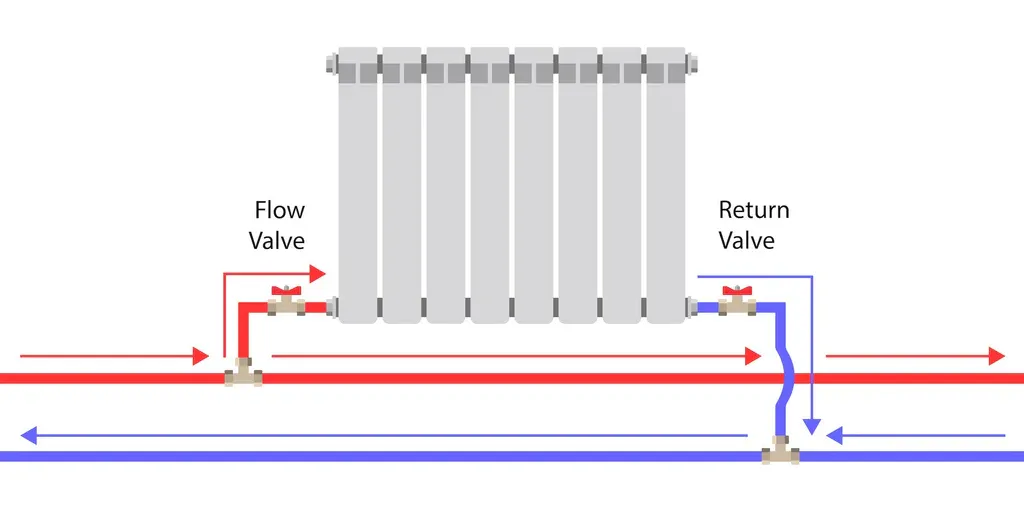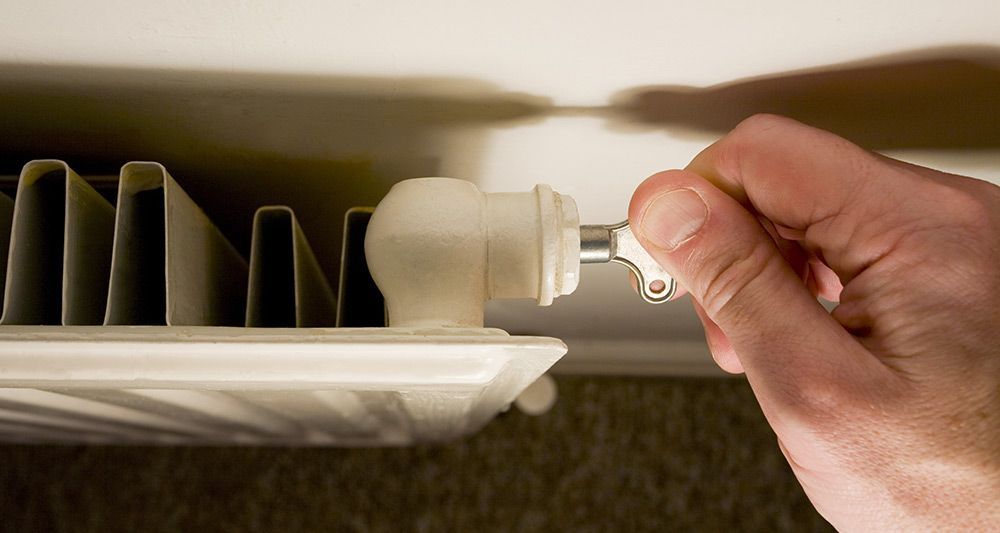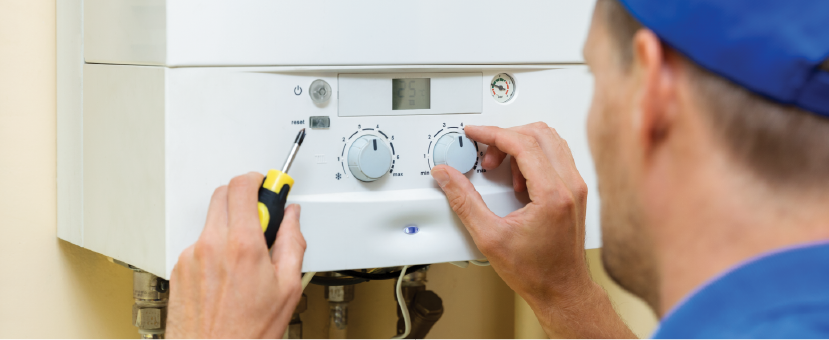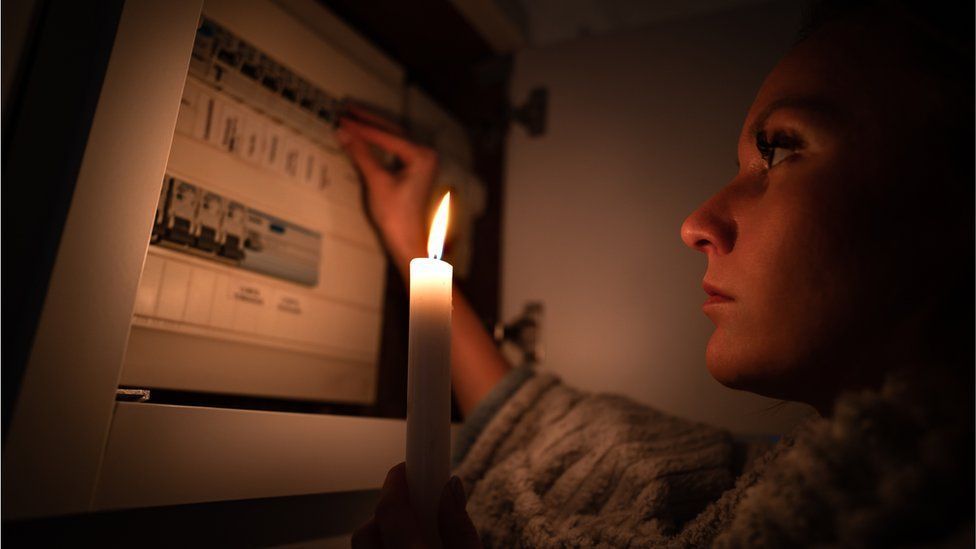Understanding Common Biasi Boiler Fault Codes
Common Biasi fault codes

Just like many boiler manufacturers, Biasi has integrated a system of fault codes into their appliances to help users diagnose potential issues. These codes can help you understand the nature of the problem without having to disassemble the boiler. Biasi boiler models include the Biasi Riva Plus, Biasi Garda, and the Biasi Advance Plus, among others, and these could display error codes when a fault occurs. However, it's essential to remember that these codes are not a solution in themselves; they merely point towards the problem area to be checked by a Gas Safe registered professional.
1. **01 Code – Ignition Failure:** This fault code indicates there's a problem with the ignition process of your Biasi boiler, most likely an ignition electrode that might need to be cleaned or replaced.
2. **02 Code – Poor Circulation:** This typically suggests that water isn't properly flowing through your heating system, which can be caused by a faulty pump, clogged filter, or blocked pipes.
3. **03 Code – Flame Detection Failure:** This code appears when your boiler fails to recognize whether a flame is present. If your boiler can't identify a flame, it won't be able to heat your central heating system or your water.
4. **04 Code – Temperature Probe Failure:** Here, your boiler’s temperature sensors are not functioning as they ought to, preventing your boiler from gauging whether it is at a safe operational temperature.
5. **06 Code – Insufficient Pressure:** This code will flash when there's little to no pressure in the boiler system. Typically, a boiler operates at around 1-1.5 bar, anything far below that could cause your boiler to shut down for safety.
6. **07 Code – Overheating:** This indicates that your boiler is functioning at too high a temperature, which can cause severe damage to the internal components of your boiler. The boiler will most likely shut down to prevent further damage.
7. **08 Code – Fault With Safety Thermostat:** This error code implies that the boiler's safety thermostat is malfunctioning, which may imply your boiler cannot maintain a safe operating temperature.
In addition to these, less common fault codes include:
8. **14 Code – Fan Fault:** If an error with the fan is detected, this code will appear. The fan plays a crucial role in eliminating waste gasses from your system, and if it's not functioning, the boiler may be at risk of overheating.
9. **15 Code – Gas Valve Error:** This code signifies that there is an issue with the gas valve. The valve might not be opening and closing when it should, preventing the right amount of gas from flowing into your boiler.
10. **16 Code – Insufficient Gas:** If there is not enough gas in your system, this code will be shown. There could be a problem with your system's gas supply.
Understanding fault codes effectively can help identify possible issues early, potentially preventing more serious faults from developing. However, addressing these faults should never be a DIY job as this can be dangerous and likely could exacerbate the issue at hand.
Regular boiler servicing and maintenance play a significant role in reducing the number of faults that occur, as most small problems are picked up and fixed during these checks. Anomalies such as increased energy bills, inconsistent heating, or unusual boiler noises might correspond to boiler issues beyond the scope of the fault codes.
This comprehensive guide to Biasi boiler fault codes is designed to help homeowners understand what might be going wrong with their heating system. Notably, it is always advisable to contact a Gas Safe registered engineer when these codes pop-up or when your boiler isn't functioning as it ought to. They possess the necessary experience, knowledge, and tools to handle boiler problems safely and effectively. Consequently, never attempt to fix a boiler issue by yourself; working with gas appliances can be exceedingly dangerous if not carried out by skilled and qualified professionals.












